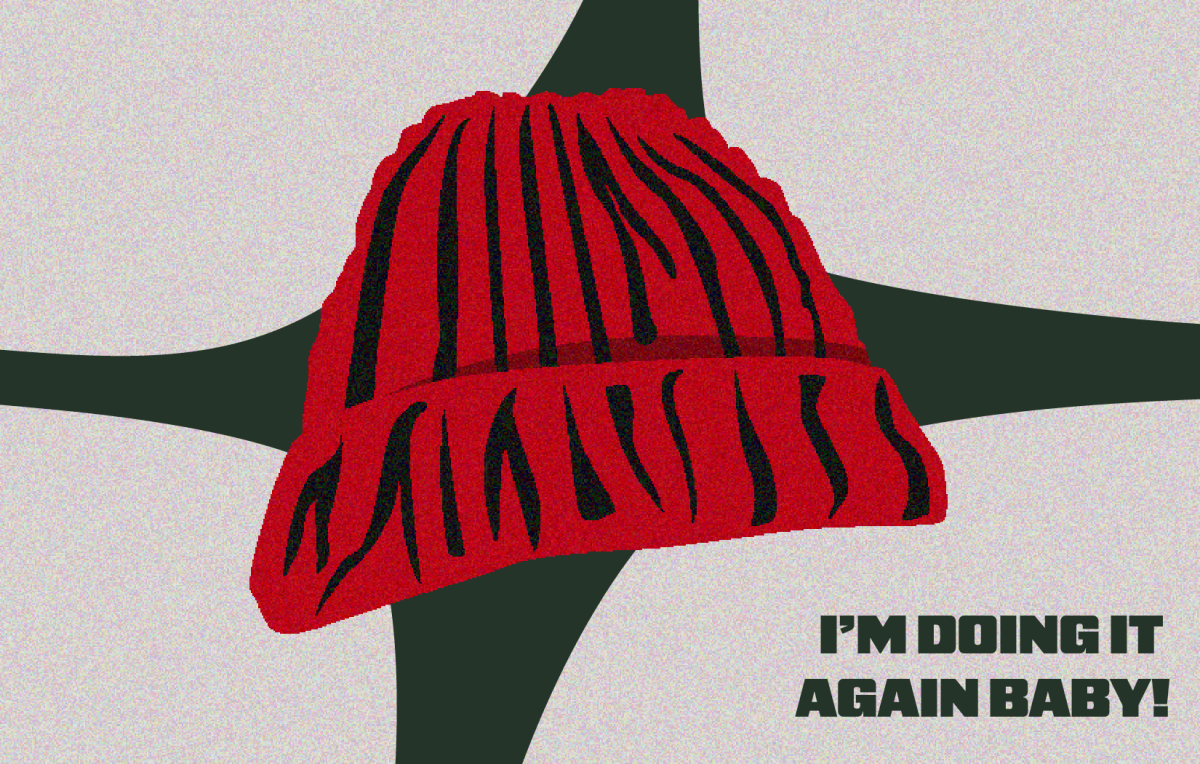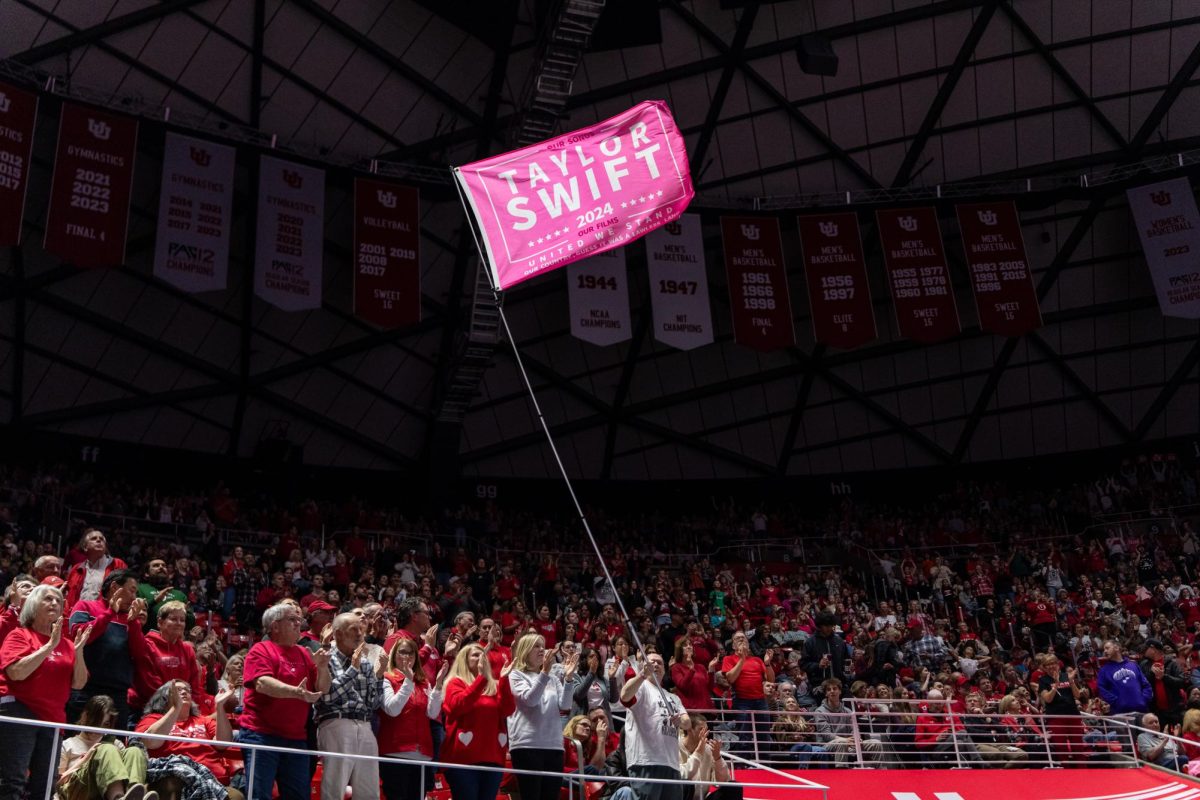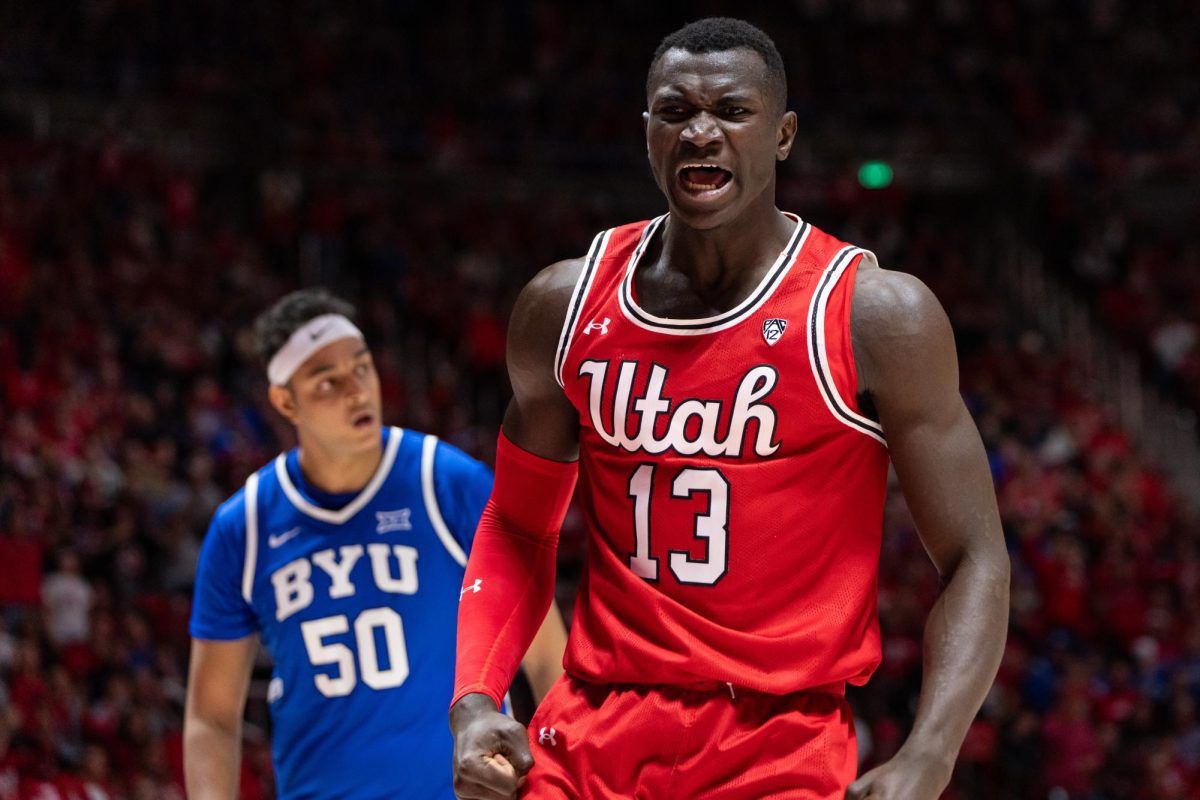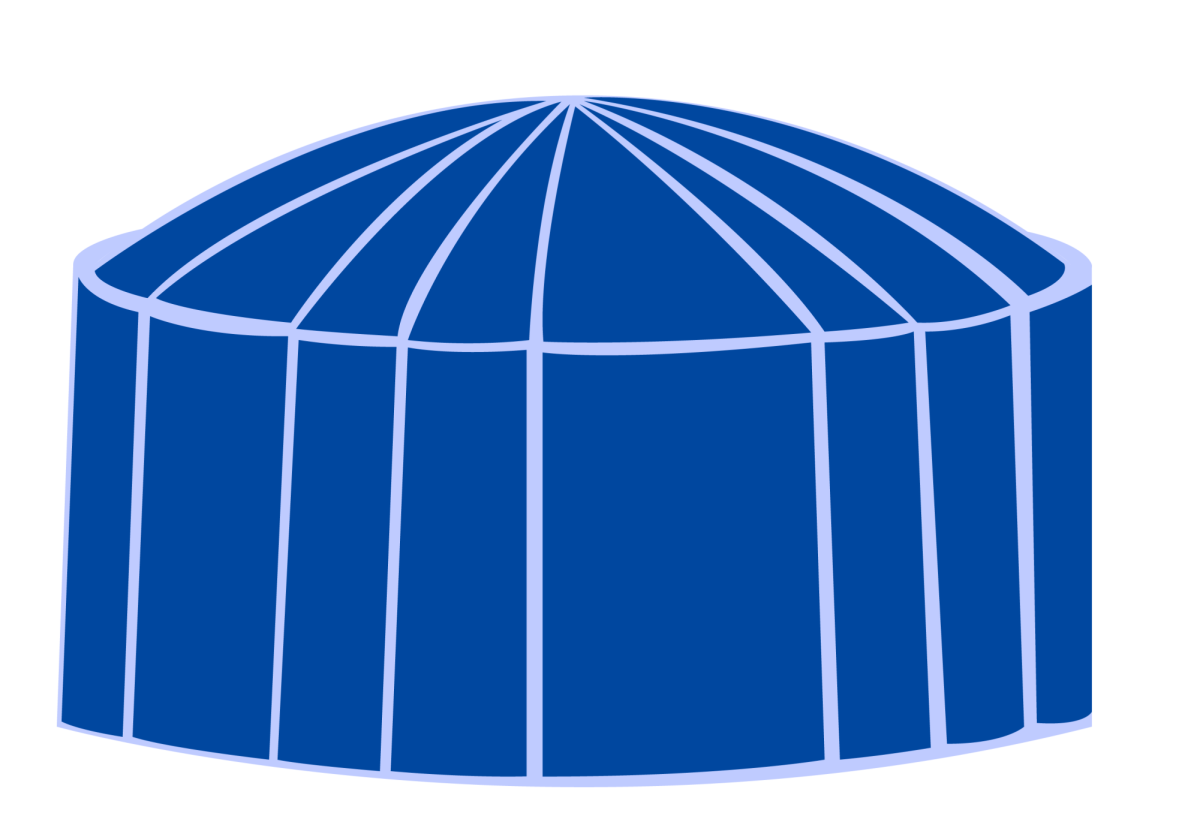Many sports can be played in indoor domed stadiums with controlled climates, voiding the concerns of weather and changing the game entirely. Despite the incredible impact of this type of stadium, many sports fans are unaware of their history.
1932 NFL Playoff
One of the earliest examples of football being played indoors is the 1932 NFL playoff game. At the time, the NFL did not use a traditional playoff structure to decide a champion. Instead, the team who finished the regular season with the best record earned the status of champion.
Following the 1932 season, the Portsmouth Spartans were tied with the Chicago Bears, led by George Halas. In order to resolve the tie in the standings, the NFL organized a tiebreaker game — the first “playoff” game in NFL history.
Bad weather forecasted in Chicago for gameday raised concerns. The looming threat of snowy, cold conditions led to the decision to move the game indoors. Halas selected Chicago Stadium, then a three-year-old stadium home to the NHL’s Chicago Blackhawks, to host the match. The teams played on a field with a length of only 80 yards due to the unusual venue. The game went ahead despite the weather and the Bears would go on to win the game in controversial fashion, accused of violating a pass rule in their winning touchdown.
Dodger Dome
Many may know the Astrodome for being the groundbreaking technological breakthrough when it comes to domed stadiums. In reality, the idea wasn’t first proposed for Houston. In fact, nearly a decade before the construction of the Astrodome, a conceived geodesic-domed stadium could’ve kept the Dodgers in Brooklyn.
Coined Dodger Dome retroactively, the proposition of building a domed stadium for the Dodgers was first presented in the 1950s. Ebbets Field, the Dodgers’ home at the time, was rapidly aging and the team’s fanbase was outgrowing the stadium.
A proposal for a domed stadium was produced by Buckminster Fuller, a famed architect who mastered the design of the geodesic dome. In the proposal, team owner Walter O’Malley looked to have the stadium built on Atlantic Avenue. Robert Moses, a notable urban planner of New York City, opposed O’Malley’s proposal because of potential impacts on local traffic.
Due to these conflicts, Dodger Dome never saw the light of day. Though offered a site in Flushing for the Dome, O’Malley turned it down, citing his dissatisfaction with having the Brooklyn Dodgers play in a different borough. The Barclays Center, home of the Brooklyn Nets and New York Liberty, now sits adjacent to the site where the dome would’ve been constructed.
‘64 Liberty Bowl
The University of Utah football team has its own ties to the history of indoor stadiums. In 1964, the Utes traveled to Atlantic City to play West Virginia in the Liberty Bowl. This game, at the Atlantic City Convention Center, was the first indoor college football bowl game.
The Convention Hall had previously held significant events, including the 1964 Democratic National Convention. It once again found itself in the spotlight with the 1964 Liberty Bowl. The Convention Hall installed a turf playing surface for the revolutionary game. The game was nationally televised and was noted for its comfortable temperature.
With 6,059 fans in attendance, the historic game kicked off, showing the world what indoor football looked like. The Utes, who posted an 8-2 record heading into the game, did not disappoint. The Utes’ success continued, as they amounted 32 points to West Virginia’s six. The victory earned the Utes their second bowl game win — their first since their first-ever bowl appearance 25 years earlier.
An Out-of-this-World Dome
In 1965, a groundbreaking stadium would be completed in Houston, Texas. The Astrodome – deemed the “Eighth Wonder of the World” –had a capacity of 70,000 fans and would forever change the world of sports.
Home to the Houston Astros and Oilers, the Astrodome was monumental. It provided controlled conditions for games, ideal temperatures for fans, prevented rain delays and more. The Astrodome was so luxurious that it was seen as a glimpse into the future.
Although it wasn’t the first conceived domed stadium, the success of the Astrodome proved and established the functionality of stadiums of this nature. As a result, the next several decades saw a notable increase in the construction of domed stadiums.
Not only was the Astrodome revolutionary in its architecture, but its design unintentionally led to another significant game-changing promotion. When it first opened, the Astrodome utilized a real grass playing surface. Sunlight freely entered the stadium through its clear dome, keeping the grass alive.
With claims that the sun impacted players’ ability to perform, the glass was later painted over. As a result, the real grass surface inside the stadium quickly died and the stadium installed artificial turf — later deemed AstroTurf.
The usage of this turf technology in the Astrodome garnered a lot of attention. Before you know it, stadiums all over were using artificial turf for their playing surfaces, both indoors and outdoors.
Movin’ Roofs
North of the border, a new innovation in domed stadium technology was taking shape in the late ’80s. In the city of Toronto, Ontario, Canada, a new stadium concept looked to expand on the possibilities for domed stadiums.
The SkyDome, now named the Rogers Centre, was the first stadium to utilize retractable dome technology. This allowed the roof of the stadium to open up, exposing the stadium to the outdoors.
In the SkyDome, games on days with fair weather were played with an outdoor environment. On poor weather days, a closed roof prevented any chances for delays. This technology would quickly make its way around the world, with more professional sports teams constructing their stadiums with this technology.
The SkyDome quickly saw success on the field. The Toronto Blue Jays won the 1993 World Series in the stadium. Thanks to several renovations over the years, the stadium, unlike the Astrodome, is still in use today.
While common today, domed-stadium technology did not come out of nowhere. Its gradual innovation has changed the world of sports as we know it. The impact they have held on sports has been more than significant and would have been hard to foresee a century ago.




















